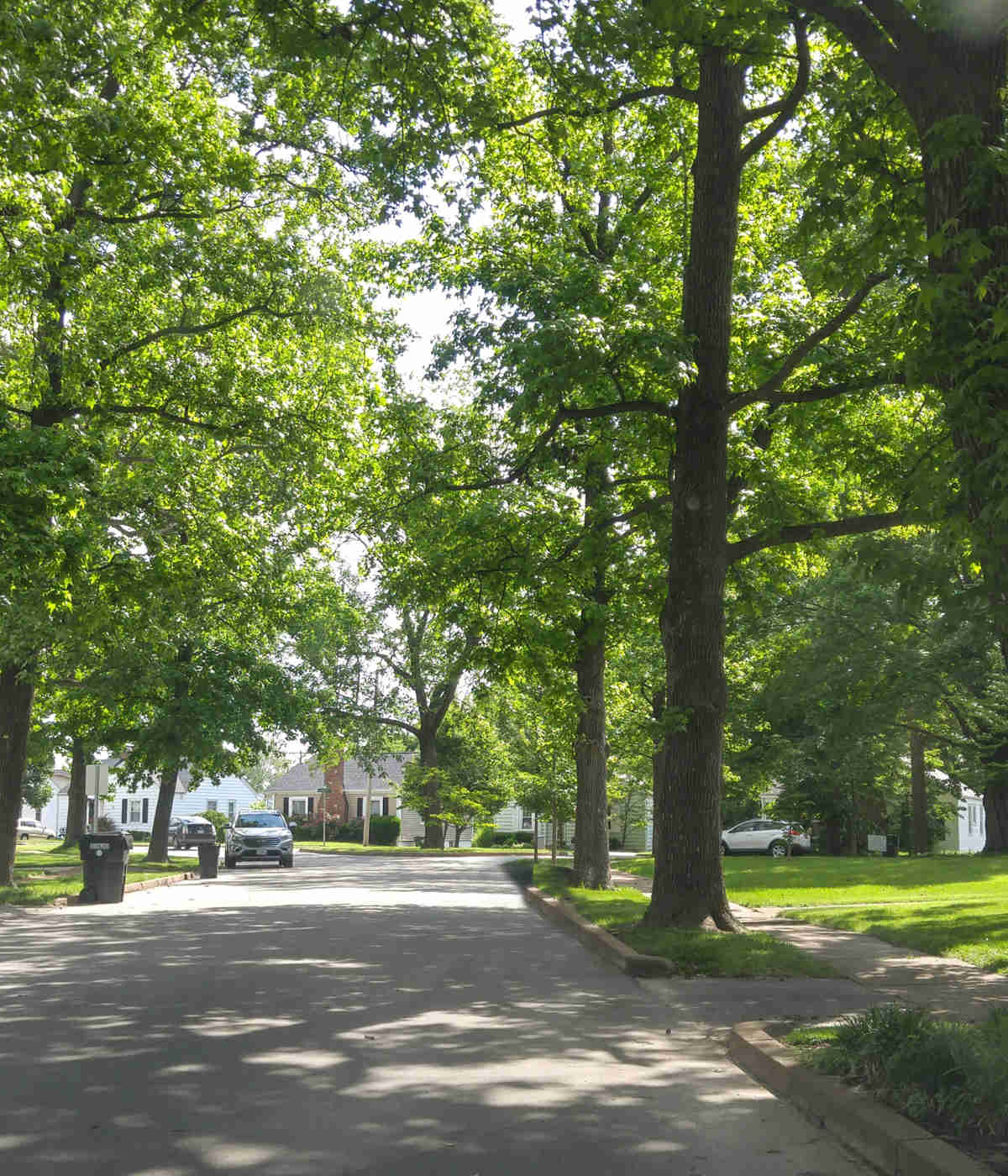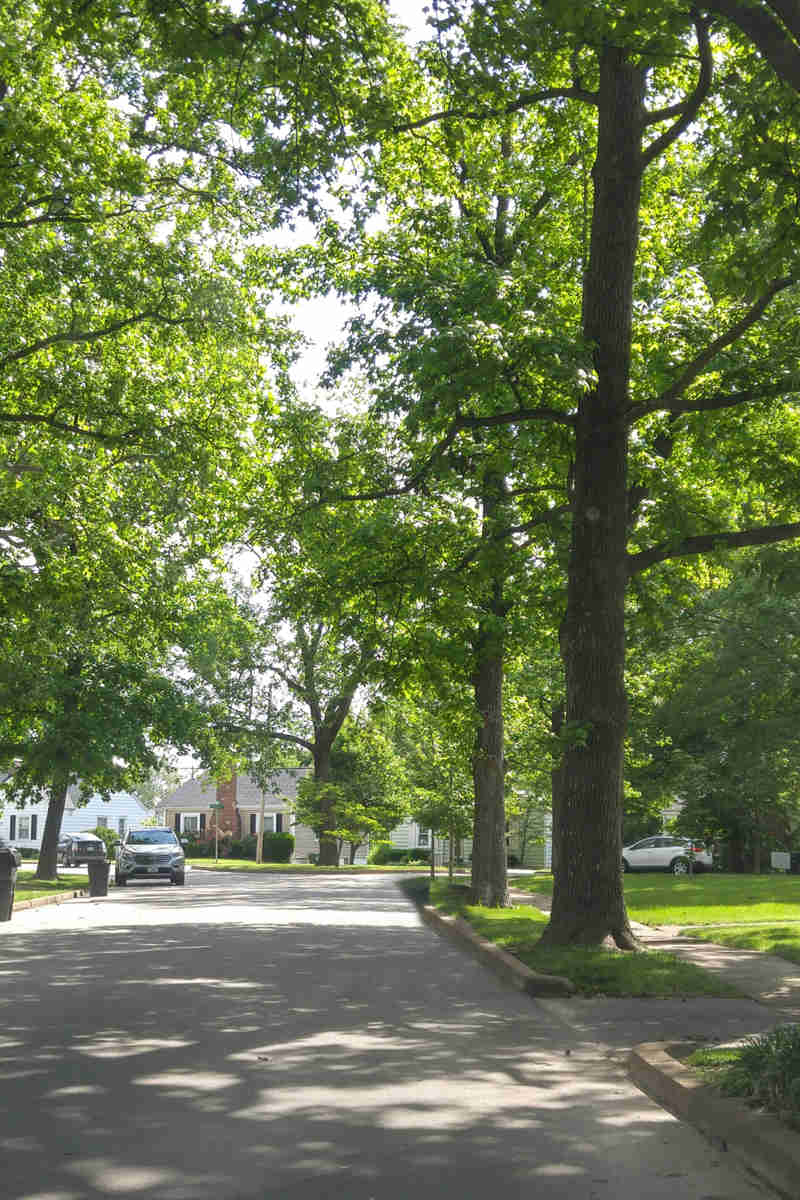Fall in New England is characterized by the intense reds, yellows, oranges, and browns of fall foliage. But typically, these well-loved fall colors don’t start showing until mid-to-late September and usually peak in mid-October.
While some early color change is normal, premature tree leaf color may be a sign of stress or disease. Read on to learn how to decode early leaf color shifts that may be going on in your backyard.
What’s Considered “Normal” Early Color Change?
In Massachusetts, local topography and weather conditions play a role in early leaf color change. Trees near wetlands or in exposed windy areas may change sooner. Dry summers and cool evenings, which often occur in late August and early September, may also trigger small color shifts in a few scattered branches. This type of early color change isn’t necessarily harmful.
Some tree species are naturally early changers. Read on to learn more about which species fit the bill!
Tree Species in New England That Naturally Show Early Fall Color
One answer to the question “Why is my tree changing color early?” is simply because of its species. Here are a few examples of species that exhibit premature tree leaf color.
- Red Maples – Known for being one of the first tree species to start showing red hues. In wetlands located near Central and Western Massachusetts, red maples can change as early as Labor Day.
- Sassafras – Shows off brilliant yellow and orange leaves early in the season but is susceptible to Laurel Wilt. If you notice sudden wilting or browning, contact your local arborist.
- Swamp Tupelo (Black Gum) – Deep red leaves in low-lying areas tend to appear early.
- Virginia Creeper – This vining plant is often found on trees and fences and tends to shift colors early.
Warning Signs That Early Color May Be a Red Flag
While some species are early showers, an unseasonal color change is often a sign of an unhealthy tree. Keep an eye out for these early tree color change symptoms and what they could mean.
- Uneven Coloration – If only one side of your tree canopy’s foliage is changing, it could be a symptom of root damage, girdling roots, or soil compaction.
- Rapid Color Change and Leaf Drop – If it seems like your tree’s foliage is turning and dropping leaves overnight, it would indicate stress or a response to poor soil moisture, especially if the summer has been dry.
- Curled, Browning, or Spotted Leaves – While brown leaves may resemble fall foliage, the early appearance of curled, browned, and spotted leaves could be a sign of fungal diseases such as anthracnose, apple scab, or tar spot.
- Discoloration in Young or Newly Planted Trees – Newly installed or young trees shouldn’t show fall color in early September. If they do, it’s often a sign of transplant shock or improper watering.
Most Common Stress-Related Causes of Early Leaf Color in Massachusetts
Tree stress is no joke. A common symptom of stress in New England trees is early leaf color change. Here are some stress-related causes of premature foliage change:
- Lack of Water – Drought-stressed trees in Massachusetts often show signs of color change too early in the season. Make sure to deep water your trees during the summer.
- Compacted or Poor Soil Conditions – Often found in construction zones, driveways, and urban lots, compacted soil can stop the tree from receiving the water and nutrients it needs, leading to early color change.
- Root Damage – Grading, trenching, over mulching, and buried root flares often cause root damage, which hinders nutrient and water uptake in a tree, resulting in unseasonal color changes.
- Disease – Apple scab, anthracnose, or leaf spot diseases can trigger early defoliation.
- Girdling Roots – Girdling roots choke off water and nutrient flow from the tree. It’s especially common in red maples, lindens, and crabapples.
FAQs for Massachusetts Homeowners
Early tree yellowing is often the result of environmental stress, like drought or heat, or diseases.
Unseasonal foliage in a single branch can be a sign of nutrient deficiency, pest infestation, or other injuries.
While early color change usually means a tree is in distress, it isn’t necessarily a sign of complete death or failure. Be aware of species like tamarack, larch, and bald cypress trees that typically leave needles.
Fertilizing your trees in late fall is a great way to ensure they maintain moisture and nutrient intake during the dormant season as well as promote root growth.
At Hartney Greymont, we have both ISA- and Massachusetts-certified arborists located in Needham, Concord, Danvers, Cape Cod, and the surrounding areas who can help your trees last through all seasons for generations to come.



